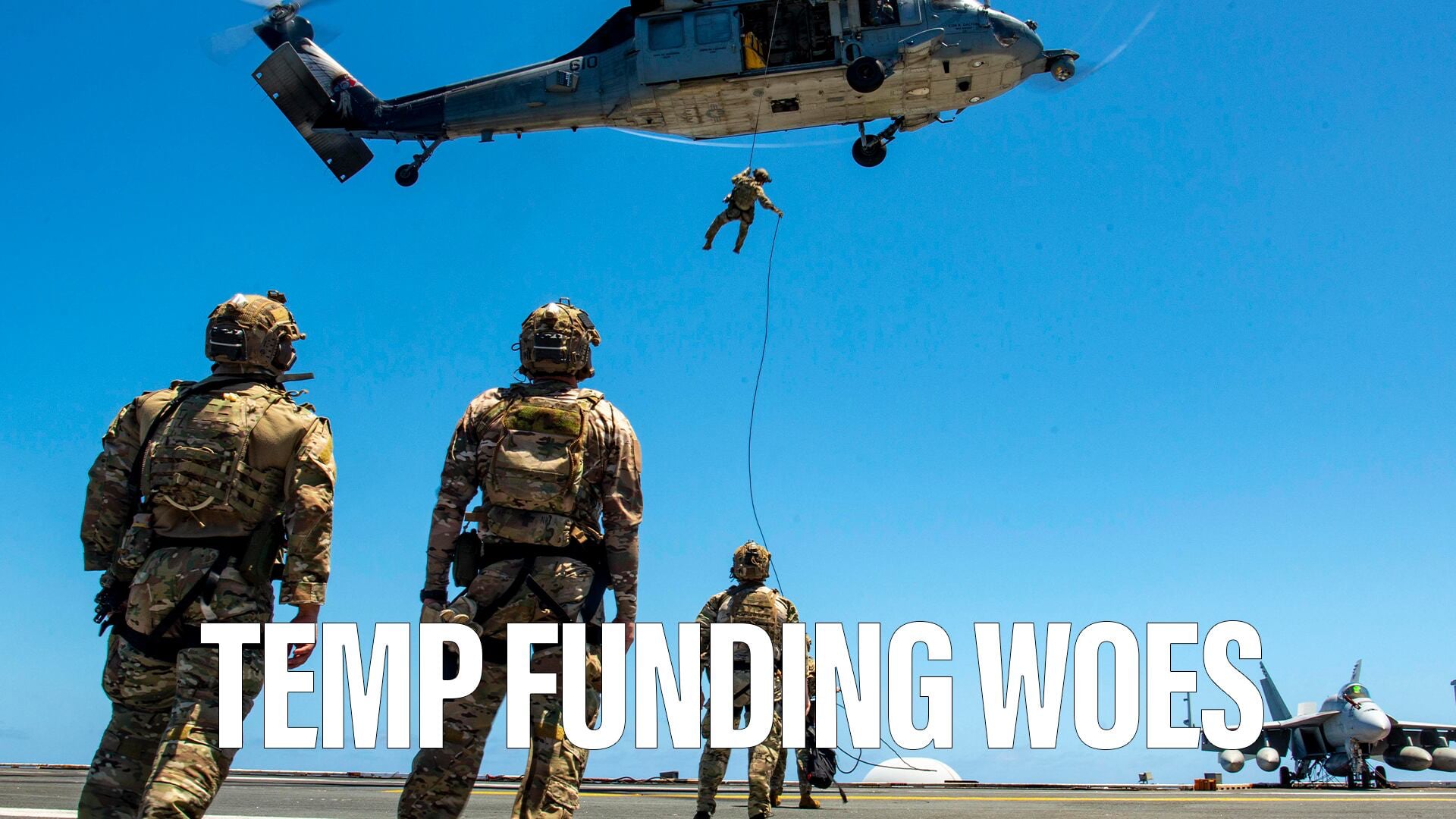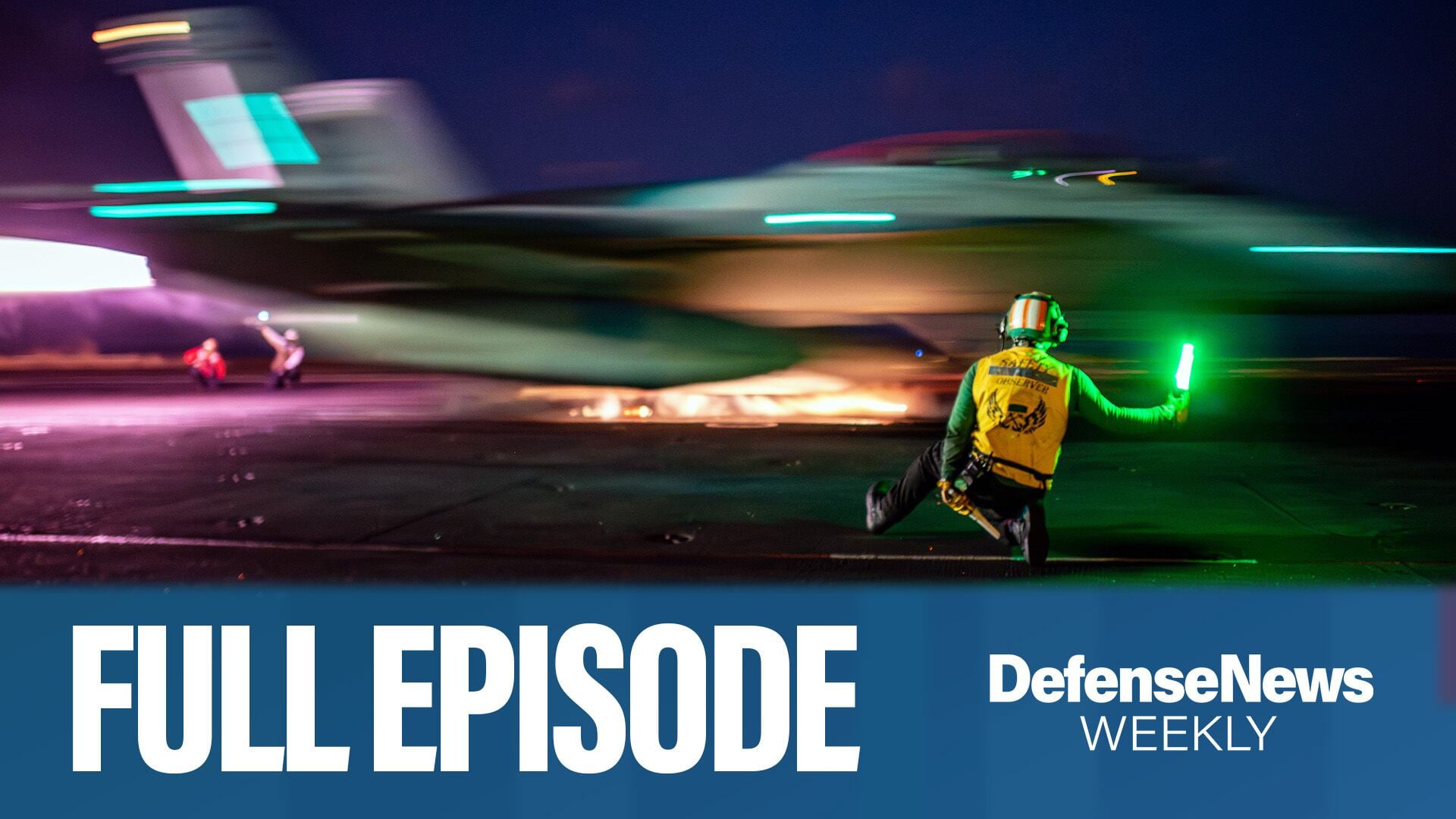For decades, the US Navy's surface forces have lacked a unifying theme around which to organize, set requirements and fight for resources. It's a point one of America's foremost naval analysts, Ronald O'Rourke of the Congressional Research Service, has been making for years.
That changes this week at the Surface Navy Association's conference and trade show outside Washington. There, Vice Adm. Tom Rowden, commander of US Navy Surface Forces, will unveil a distributed lethality concept to equip the fleet with more powerful, longer-range weapons.
Distributed lethality — in two words — describes the capabilities the Navy needs in the future with major resource implications given the shortage of offensive weapons across the fleet.
More weapons on more platforms will mean buying more existing weapons, developing new ones, installing them aboard ships, integrating them with current or new command-and-control systems, and training crews to maintain and use them, plus concepts of operations to realize their full potential.
This new requirement comes as the Navy struggles to realize plans that are more ambitious than projected budgets allow. But it is necessary. While warships can serve many roles, their primary mission is to project overwhelming power at sea and deep ashore. Success depends on an abundance of affordable, precise and powerful weapons, and able commanders using effective operational concepts.







